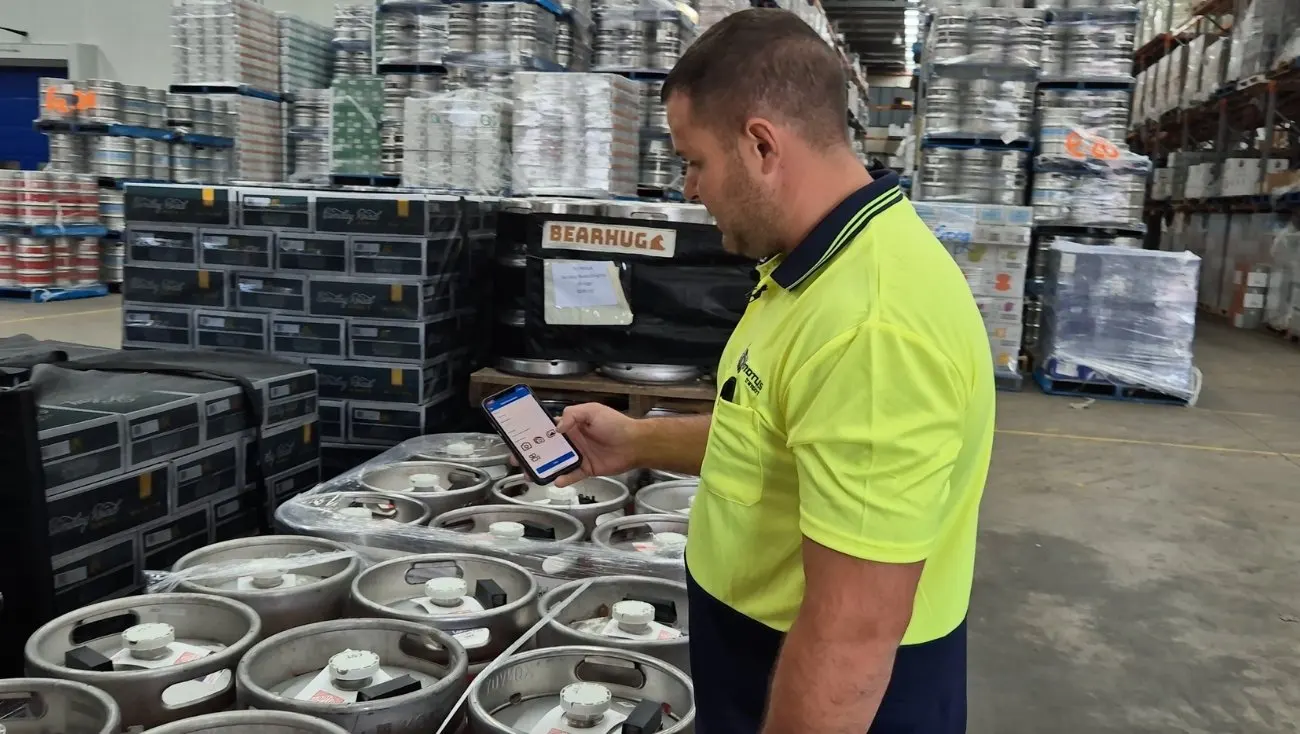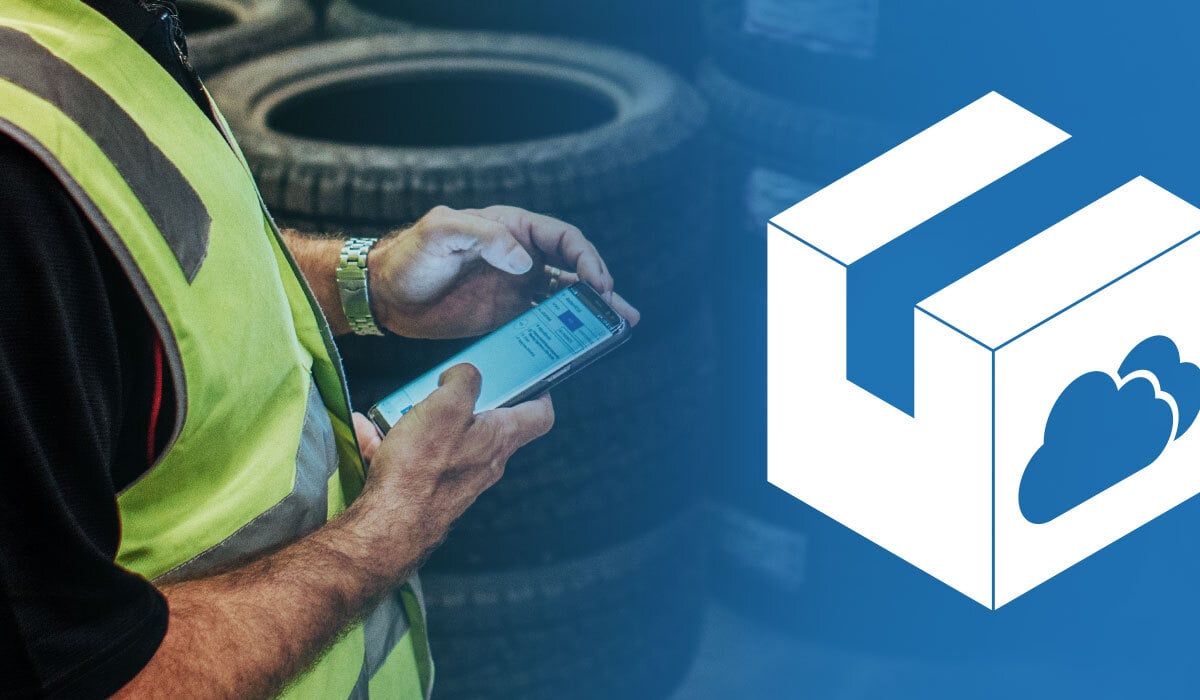How to Start a Warehouse Business

Starting a warehouse business is an exciting venture — and one packed with opportunity. Whether you’re wondering how to start a warehouse business or are simply looking for some best-practice tips to grow smarter, you’ve come to the right place.
In this guide, you’ll hear from logistics experts with real-world experience, along with warehouse owners who’ve built their businesses from the ground up — using CartonCloud’s top-user rated software for growing 3PLs.
Navigate between sections to explore top tips for fast success in warehousing, so you can avoid common pitfalls and grow your warehouse business with confidence.
Here we’ll guide you through the essential steps on how to start a warehouse business and set it up for long-term success — from defining your ideal customer niche to providing outstanding customer service that keeps clients coming back. Let’s dive in!
Get expert advice on how to:
- Identify your niche and ideal customers
- Design a warehouse layout that’s fully optimized
- Set up a tech stack that supports growth
- Access expert support whenever you need it most
- Provide exceptional customer service to set you apart
Let’s get started — and explore how to start a warehouse distribution business that’s primed for fast growth.
1. Know Your Niche
Before you jump into signing a lease or ordering your first pallet racking, take a moment to ask yourself one very important question: Who is my ideal customer for my warehouse? The type of customers you plan to serve — and the industry they’re in — will shape your entire warehouse operation, from layout and equipment to software and staffing.
"We always recommend new warehouse operators get clear on their ideal customer early when starting a warehouse business. Your niche affects everything — from your warehouse layout to the software you need. It’s really important that you have this foundational step in place so you know which specialized services you need to offer to your customers." — Ryan Hwang, North American Sales Manager, CartonCloud
Think of it like this: you wouldn’t open a bakery without knowing if you're selling cupcakes or sourdough, right? The same goes for starting a small 3PL warehouse.
You might want to offer fast-moving e-commerce solutions, long-term storage for high-value heavy goods like mining and machinery parts, specialized storage and delivery of food and drink — or a number of other services and niche industry solutions within logistics.
Defining your niche early on doesn’t just help you plan smarter — it gives you a real advantage in standing out from the competition. Deanne Luke, Founder of Lexington Logistics explains that having a clear focus on what you offer and who you’re offering it to — is the key to building a brand that truly stands out.
“The best piece of advice I can probably give anyone is identify your niche — identify what you love, what you're really good at, and try not to go sort of outside of that.”
“Know your numbers, know your forecasting on what you can and can't do in the space that you've got, but also know what you actually want to do and how you can work with those clients and be different from everyone else that's out there.”
“There's so many different 3PLs and they all have their own place, but just know what yours is and then you can excel at that — and people will come to you because they actually really want to work with you.” — Deanne Luke, Founder, Lexington Logistics
Select your warehousing market segment
There are several common niches that are profitable for small 3PL warehouses.
- E-commerce
- Bulk goods
- Food and beverage
- Serialized goods
Each of these niches come with their own set of unique requirements. For example, if you're handling e-commerce clients, fast fulfillment times and smooth integrations with online platforms like Shopify are essential for success.
When you clearly define your niche, everything else comes into step, like how you will price your services or promote your business with 3PL marketing. It gives you the direction you need to build a brand that attracts the right customers from the very start — making it a crucial first step in how to start a warehouse business.
2. Optimize Your Layout for Speed and Accuracy
A great warehouse layout is all about creating a space that flows smoothly and can effectively support your team. You need a warehouse layout that can help you save time and keep your operations running efficiently from the moment goods arrive, to the second they head out the door.
"When you're designing your warehouse layout, don’t just think about where things are stored — think about how goods will actually move through the space from start to finish.”
“Consider how your team will interact with each item at every stage, from receiving to putaway, picking, packing, and shipping. The goal is to create a flow that feels natural and eliminates any unnecessary steps. When every movement has purpose, you can get more done with less effort — and that’s a huge win as you grow." — Scott Murray, Vice President of Operations, CartonCloud
Here are some key considerations for your small 3PL warehouse set-up:
- Map your key zones: Define areas for receiving, staging, putaway, picking, packing, and dispatch.
- Racking and shelving: Choose racking that suits your inventory type — consider accessibility, height, and modularity.
- Workstations: Place desktops, scanners, and label printers where they’re needed to avoid any unnecessary steps.
- Barcode labeling: Clearly label racks to speed up picking and reduce errors.
"A great way to improve accuracy and efficiency in your warehouse is by properly labeling your racking and applying barcode labels. Clear labeling can speed up the picking process and boost your accuracy.”
“I always recommend connecting your mobile device to a Bluetooth scanner using CartonCloud’s mobile barcode scanning feature — so you can easily scan each barcode and confirm you’ve picked the right stock." — Olivia Trankina, Manager - Customer Operations North America, CartonCloud
Check out more Warehouse Hacks and labeling tips in our free guide!
3. Invest Early in the Right Tech
Your tech stack might not be top of mind when you're figuring out how to start a warehouse business, but it’s one of your greatest assets to reduce admin overhead, operate more efficiently, and grow faster.
You should be looking for cloud-based software that empowers you to run your 3PL all from one platform. You need a WMS system that’s user-friendly, scalable, and integrates securely with your clients' systems. That way, as your business expands, you can take on new clients with no problems.
“A lot of small 3PL warehouses think they don’t need a warehouse management system until they’ve gained more clients — but it actually works the other way around. Getting set up with a WMS early when starting a small fulfilment business gives you the support you need to grow faster, without the stress.”
“We’ve had one of our customers who onboarded with CartonCloud with just three clients. By using CartonCloud from the beginning, they had the tools in place to scale smoothly — and were able to take on new clients and offer more services with ease.” — Shaun Hagen, CEO, CartonCloud
CartonCloud’s WMS is built with small teams in mind. It gives you the tools to do more with the resources you already have — streamlining your workflows through automated order creation and invoicing, seamless integrations to your customers online platforms, and providing real-time visibility across your entire operation.
Natasha Workum, Owner of Sunshine Coast Cold Stores shares her top advice for those starting a warehouse business.
“Get onboard with CartonCloud and learn as much about it as possible. It is a very efficient system and easy to use for both the logistics company and customers. Make sure you do the annual checkup to find out the new features available on CartonCloud!” — Natasha Workum, Owner, Sunshine Coast Cold Stores
To see our system in action, book a free demo call with our friendly, expert team!
4. Consult with the Industry Experts
Having access to logistics expert support can make a huge difference when you're starting a warehouse business — whether you're new to logistics or have years of experience under your belt.
At CartonCloud, we’re logistics industry people too. Our team comes from real-world logistics backgrounds — we’ve been in your shoes, and have seen it all before — so we understand the challenges you’re facing and can jump in with the answers you need at any time.
For Cass Strunk, Owner of Core Logistic Services, having that extra support from the very beginning made all the difference to get her small 3PL warehouse up and running, even with no prior logistics experience.
“I feel like the team at CartonCloud is really the third person who works here in the warehouse. They may not physically be here, but anytime I have a problem, I contact them and they get back to me right away.”
“They are amazing at their communication and their customer service is wonderful. Anytime there is a problem with technical things with someone’s store, with a connection, onboarding someone, or if there’s a shipping issue, I reach out to CartonCloud and they are able to guide me in the right direction or help me solve the problem right away.” — Cass Strunk, Owner, Core Logistic Services
5. Focus on Exceptional Customer Service
In logistics, great communication and reliability go a long way — and can truly set your business apart. As a small 3PL warehouse, your biggest advantage is your ability to be responsive, flexible, and genuinely helpful to your customers.
"We’ve seen small 3PL warehouses win big clients simply by being more responsive and transparent than the larger players. Building close relationships and focusing on customer service can make a massive difference to your success." — Shaun Hagen, CEO, CartonCloud
Make sure to set clear expectations, stay in touch with your clients, and go the extra mile. Happy customers aren’t just easier to retain — they’ll often become your biggest advocates!
For Rebecca Damm, excellent customer service is all about treating her customers as if they were her own family.
“I’m very passionate about making sure customer service and customers are part of an extended family of Valkyrie. I treat everybody as if they are one of my family or one of my friends because I want to know about them. I wanna build that relationship with them. That's one of my strengths.” — Rebecca Damm, Owner, Valkyrie Freight Solutions
Pro Tip: Use your WMS to provide excellent service! CartonCloud’s 3PL software offers features that can give your customers more visibility and control.
- CartonCloud’s Online Portal gives your customers 24/7 access to everything they need. From the dashboard, they can upload files, view and track their orders in real-time, and generate custom stock reports with just a click.
Find out more on why your customers will love your cloud-based WMS here.
Set Your Warehouse Up for Success
Starting a warehouse business doesn’t have to be overwhelming — especially when you’ve got the right tools and support behind you. At CartonCloud, we’ve helped hundreds of 3PLs streamline their operations, save time, and scale with confidence.
If you’re ready to take the next step, our expert team is here to help. We’ll guide you through how to start a warehouse distribution business, the entire implementation process, answer any questions you may have, and show you exactly how CartonCloud can fit into your business — whether you're just getting started or ready to grow.
Book your free demo today to chat with our friendly team and see how CartonCloud can help you set your warehouse up for long-term success!
Subscribe to CartonCloud


.jpg)

.webp)
.webp)
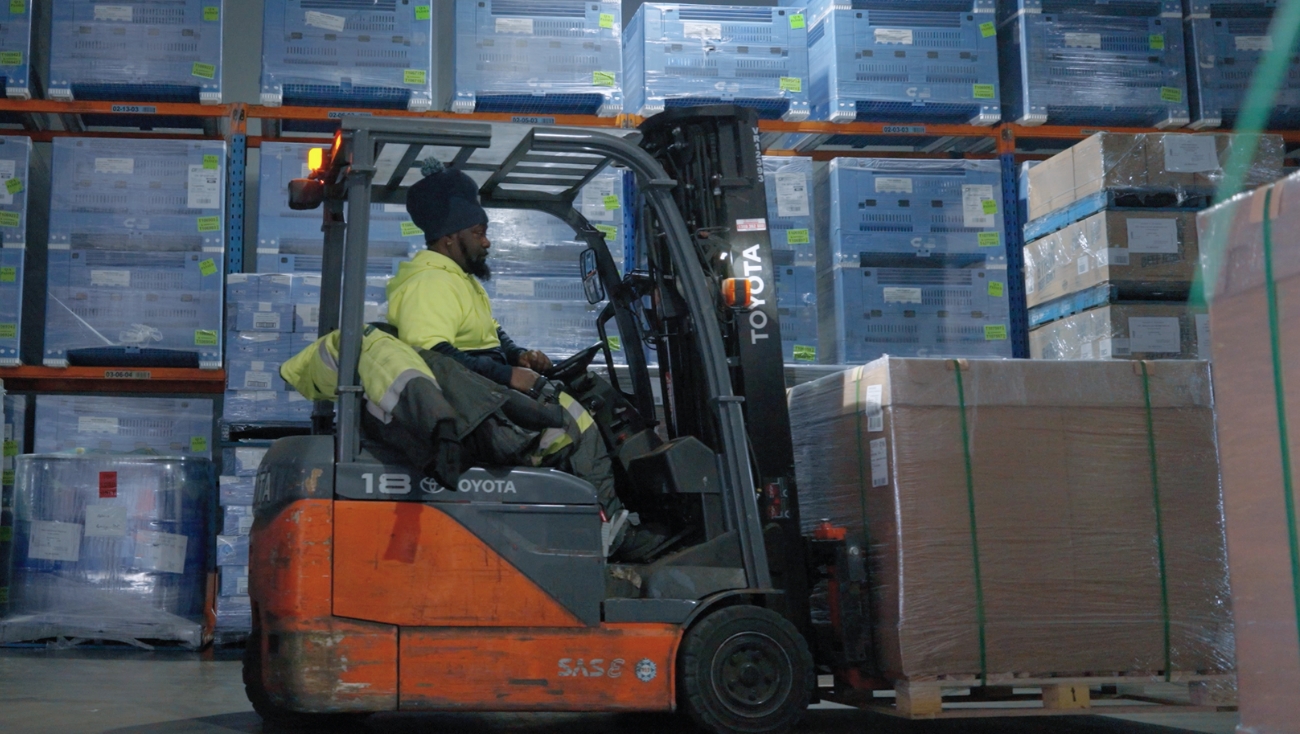
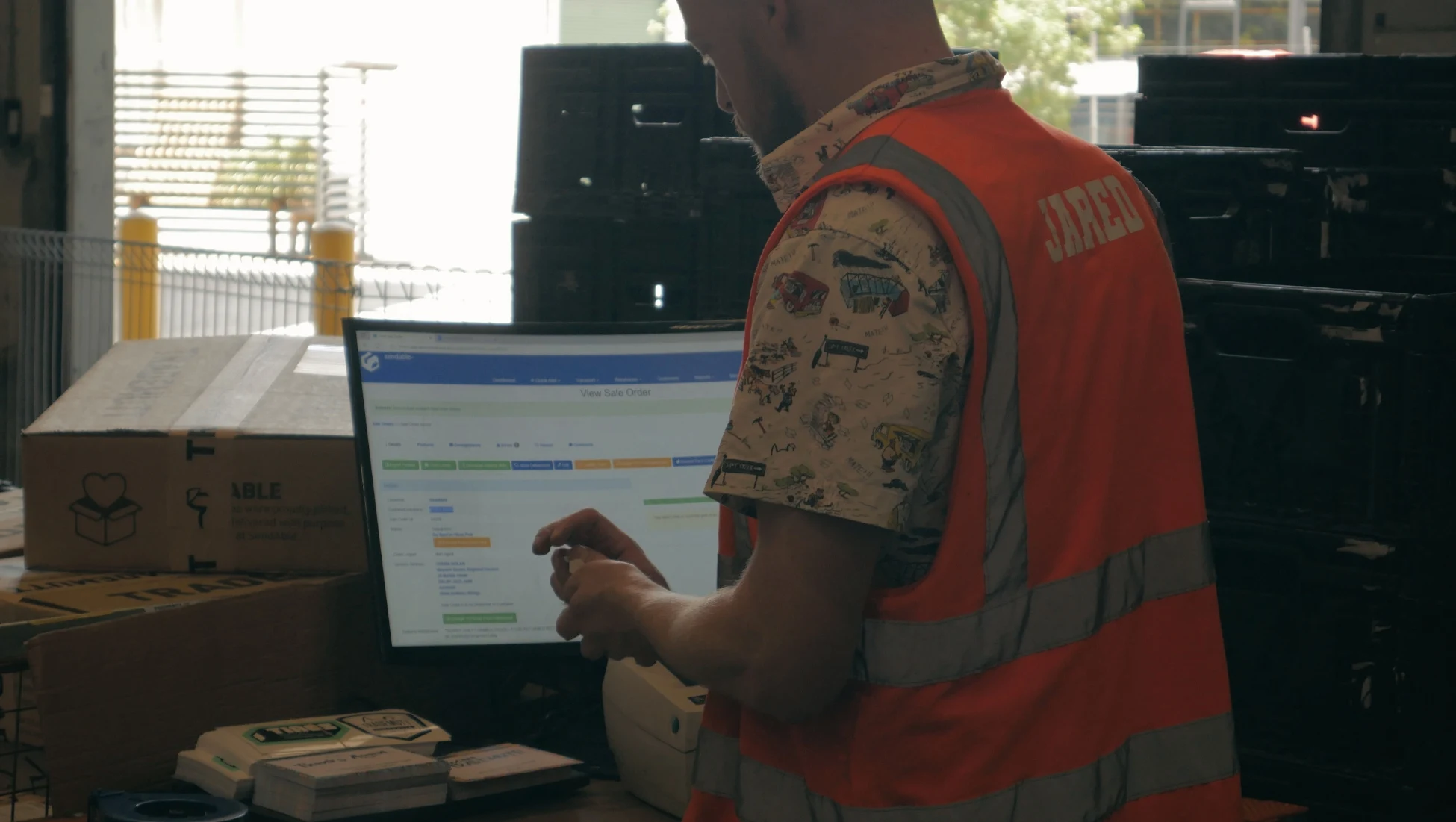
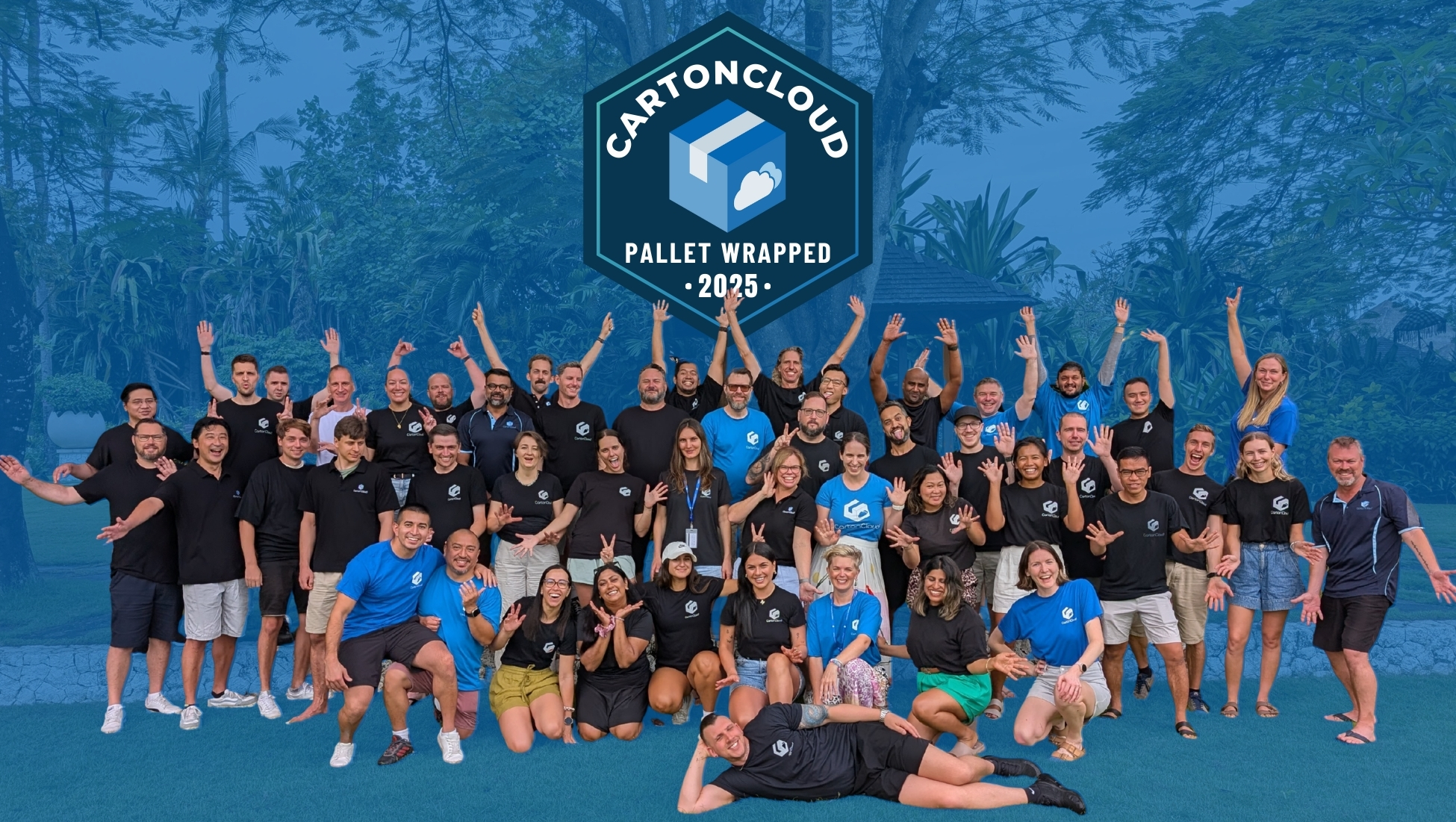
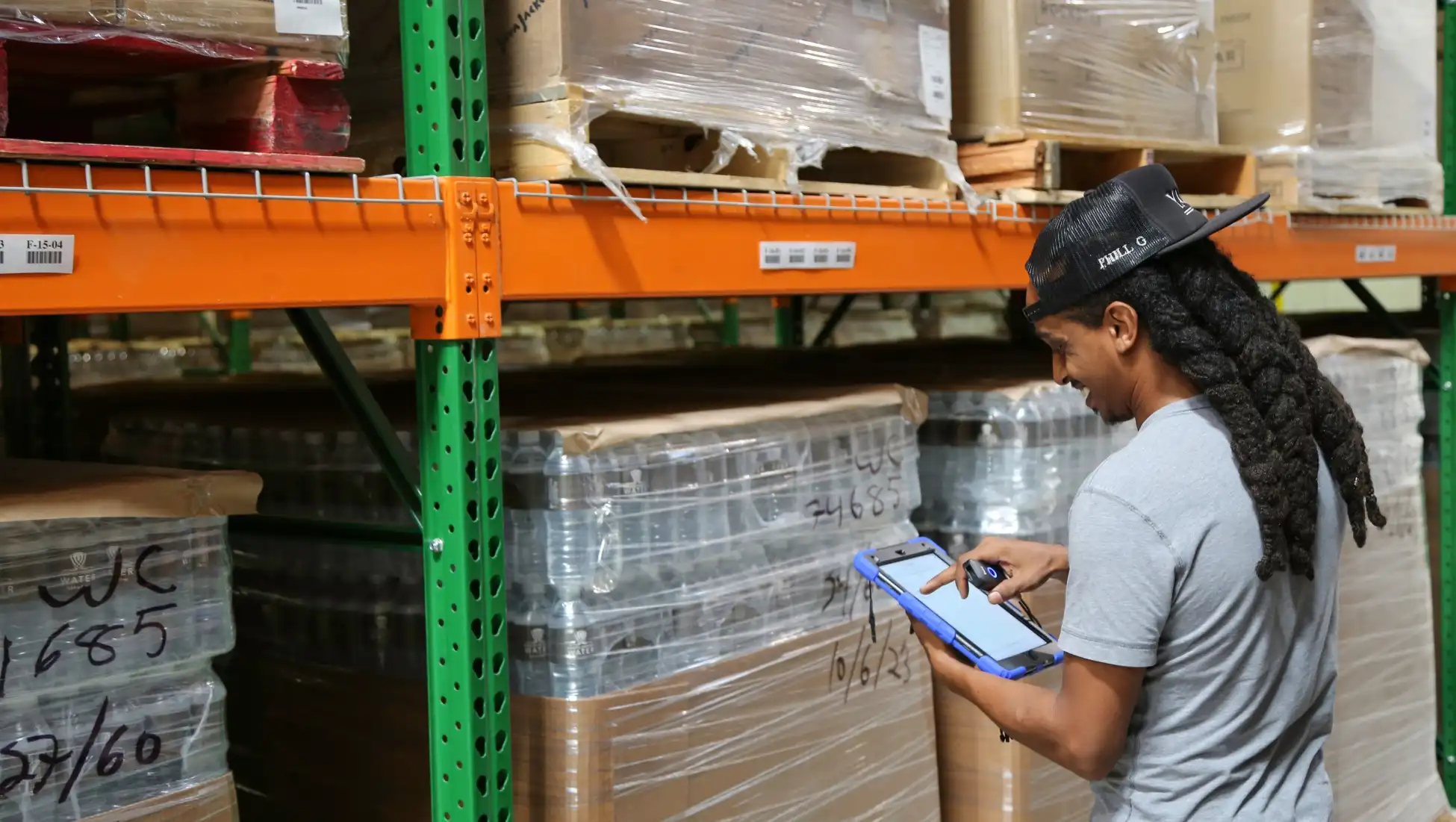
.webp)

